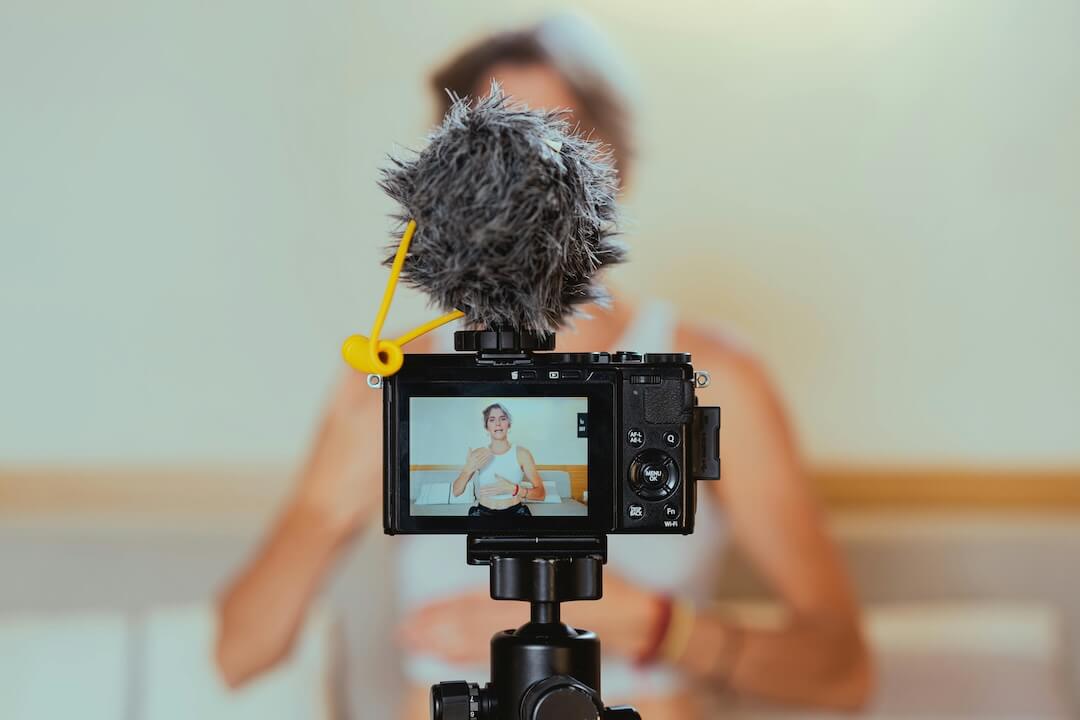The Modern Influencer: A New Face for an Old Strategy
Today’s marketing landscape is flooded with influencers. Scroll through TikTok or Instagram and you’ll see creators seamlessly blending content and commerce, pitching everything from skincare serums to fitness apps. But while the platforms are new, the strategy is anything but.
As someone who cut my teeth in the golden age of infomercials, I see the same psychological levers being pulled: storytelling, credibility, social proof, urgency, and most importantly—a direct call to action. The tools have changed. The channels have changed. But the core of direct response marketing remains strikingly familiar.
Influencers Are the New Pitch People
Back in the ’80s and ’90s, we had pitchmen and pitchwomen—think Billy Mays, Susan Powter, or Joan Collins. They owned the camera, delivered emotional hooks, and closed hard with a deal. Sound familiar?
Influencers today are doing the same thing. They build trust with their audience, offer personal stories, and make products feel both desirable and accessible. The difference is they often do it in 15 seconds from their bedroom instead of a studio.
But make no mistake: whether it’s “Call now!” or “Link in bio,” the outcome is the same. They’re selling—and direct response is alive and well in the influencer era.
Trust, Authenticity, and the Rise of Micro-DRTV
Infomercials thrived on perceived expertise and relatability. That’s exactly what influencers have mastered. A beauty guru demonstrating their skincare routine isn’t much different than a celebrity sharing their secret to youthful skin on a 30-minute TV segment.
Micro-influencers especially excel at this. Their audiences may be smaller, but the engagement is deeper. That’s textbook direct response: quality of the lead trumps quantity of the view.
Influencer Case Studies: Modern-Day Masters of Direct Response
- MrBeast (Jimmy Donaldson): Perhaps the ultimate performance influencer, MrBeast combines spectacle with precision product placement. His snack brand, Feastables, launched with content that felt native yet directly drove sales—complete with coupon codes, scarcity-driven messaging, and immediate CTAs.
- Alix Earle: Her GRWM (Get Ready With Me) videos are masterclasses in casual persuasion. By weaving product mentions into authentic storytelling, she creates the kind of trust that marketers dream of. Brands she features regularly sell out overnight.
- Logan Paul & KSI (PRIME Hydration): These creators used their platforms not just for promotion but for co-ownership. PRIME’s success is a modern version of what George Foreman did with his grill—except now it spreads faster, hits harder, and lives longer across platforms.
What We Can Learn (and Leverage) Today
Here’s what modern marketers can take from the infomercial playbook:
- Hook early, sell fast: You had 7 seconds to grab attention on TV. You get 3 on TikTok.
- Demonstrate, don’t just talk: Show the product in action.
- Build credibility: Whether it’s a clinical study or 5-star reviews, proof still matters.
- Drive the CTA: Always ask for the sale—and make it easy.
Final Takeaway: The Platform Changed, But Human Nature Didn’t
Influencer marketing is just the next generation of infomercials. It’s faster, more personal, and more fragmented—but it relies on the same human impulses: curiosity, trust, desire, and action.
If you understand that, you can build campaigns that convert. Whether it’s on a shopping channel or a social feed, great marketing still tells a great story and asks for the order.










Leave a Reply